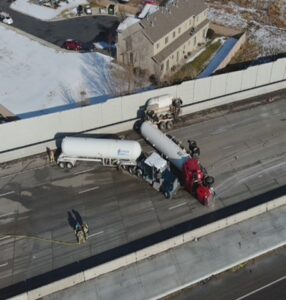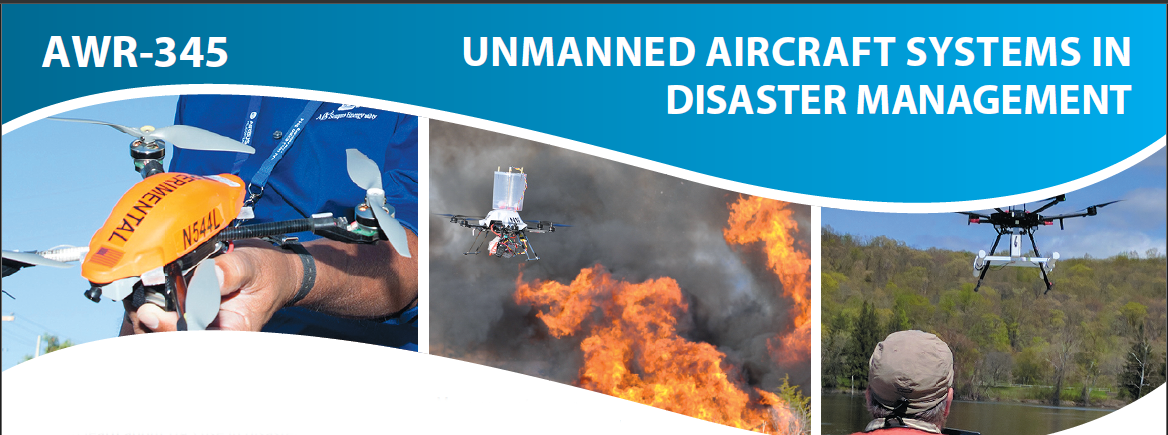I recently had the opportunity to attend an in-person training session focused on “Elevating Emergency Management” with drones. It was organized by the National Disaster Preparedness Training Center (NDPTC) – University of Hawaii, at the Texas Instruments facility in Lehi, Utah. With a background in emergency and incident management, my goal in attending this course was to further enhance my knowledge and understanding, stay current with the latest strategies and technologies, and gain valuable insights from industry experts on the use of drones and other uncrewed systems in disaster management.
The NDPTC is a member of the National Domestic Preparedness Consortium (NDPC), which was expanded in 2007 to address all-hazards capabilities by the addition of the University of Hawai`i. The NDPTC is authorized to develop and deliver training and educational programs related to homeland security and disaster management, with a specific focus on natural hazards, coastal communities, and the special needs and opportunities of islands and territories. The NDPC is sponsored through the Department of Homeland Security / FEMA National Preparedness Directorate.

The course presented, AWR-345 – Unmanned Aircraft Systems in Disaster Management, is focused on elevating emergency management with drones. It provided valuable insights and was expertly delivered by industry leaders with deep expertise in the application of UAS (Unmanned Aircraft Systems) in Emergency Management scenarios. It offered an accessible, entry-level overview of emergency management, covering a broad range of topics—from defining what constitutes a disaster or emergency to identifying the appropriate drones and sensors organizations might need to achieve their operational goals.
One of the standout features of the training was a comprehensive checklist that posed critical questions for organizations considering the establishment of a UAS program. The questionnaire guided participants through essential considerations, such as determining the organization’s need for drones, defining the specific tasks the drones would perform, and selecting the appropriate sensors to meet those objectives. It also addressed important financial considerations, and the necessary training required to ensure safe and effective drone operations.

Overall, I believe this course would be highly beneficial to any organization looking to implement a UAS program, whether in emergency management, accident reconstruction, surveying, construction, or other industries. The course provided valuable insights into the advantages of deploying drones in environments that may be hazardous for humans or where rapid response is critical.
By Benjamin Goddard, TLP, Data Acquisition and Sales Professional
Let us know what other subjects you would like TLP to post about. Email us with your ideas [email protected]
Sign up for our eNewsletter to keep in touch with all our industry news.



Leave a Reply